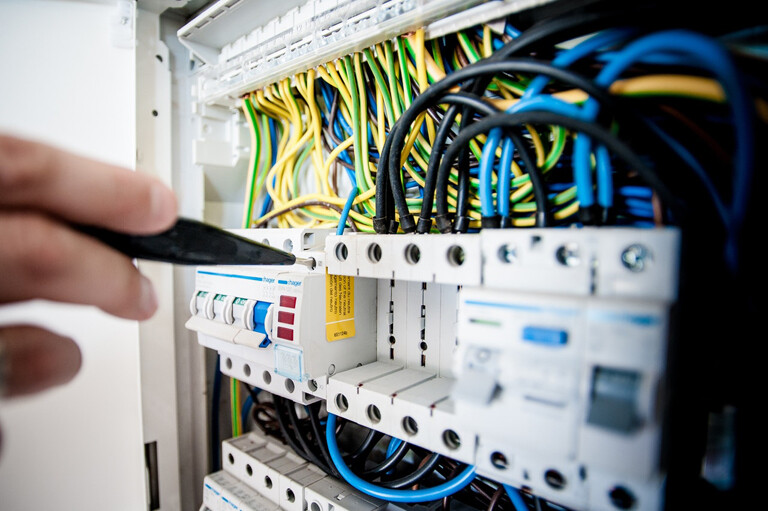The Internet of Things (IoT) is at the heart of modern big data. It’s what allows companies, and even cities, to collect endless quantities of information with minimal effort – and to act on that information, monetizing it, basing decisions on user data. Right now, though, IoT is on the edge of change because there’s a new kid on the scene: 5G connectivity. 5G has the potential to seriously change IoT capabilities and the data that stems from it.
Expanding Options
5G’s predecessors – 3G and 4G – were popularized by Apple to support apps, video content, and other activities requiring high-speed internet connectivity – and has brought us to our current moment. Now phones act like computers and the competition for the next cutting edge innovation is stiffer than ever. 5G is that next landmark, with the promise of connections 50 to 100 times faster than currently available with 4G LTE wireless.
As of this writing, 5G wireless technology is not yet ready to launch but the competition to bring it to market is stiff. Some reports suggest that the final guidelines for 5G networks won’t be approved until 2020 but T-Mobile plans to release 5G for their phone plans, currently offering widespread 4G LTE service, in the near future. Consumers can rest assured that other brands will follow closely on the heels of T-Mobile – the stakes are too high.
Faster Speeds, More Data
With 5G on the horizon, IoT developers are hard at work on new classes of products, some barely imaginable in today’s world. In particular, the advancement of digital assistant technology in recent years is liable to come together with 5G connectivity capabilities in exciting ways.
One item many companies have been experimenting with in the last few years is the mirror. Smart mirrors today can do things like display the time and weather or maybe show your schedule by synchronizing with another device. In the age of 5G, smart mirrors will turn on the car or the oven, project representations of possible outfits, and ping information between an array of diverse devices.
It’s also predicted that its connectivity will enable an added degree of human intelligence powered by neuroscience-based algorithms. Right now, neural network-style technology is restricted to series servers and have to be carefully programmed in order to pick up new information. With it, the neural network will live in your phone or your table, the oven or the mirror. And companies will have to find the best ways to extract that information because there will be an overwhelming quantity of it.
Preparing For 5G
As with past IoT advances, the rise of 5G will demand serious adjustments on the part of big data groups. To begin with, greater quantities of data will require infrastructural upgrades as well as an increased number of highly capable analysts. With so much incoming data, the ability to pull quality data from the deluge is going to be more necessary than ever.
Companies that want to take advantage of 5G-driven data should also begin developing new mobile solutions to pair with IoT devices and honed to their particular brand angle. If companies don’t start out ahead in terms of apps and cloud capability, they’ll quickly find themselves behind.
No one can say right now just how far down the road 5G connectivity is, but let’s just assume it’s on the horizon – and will be in hand soon. And once 5G gets the stamp of approval, expect it to be everywhere. Can your data system handle it?

